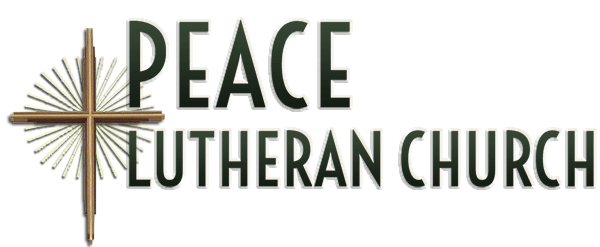The Greek root of the word epiphany means “to appear,” “to become manifest,” “to show” or “to make known”.
God wants you to have an epiphany!
The church season of Epiphany started on Jan. 6, ending the 12 Days of Christmas. During this time after Christmas, we Lutherans think about three major events when Jesus’s identity and mission were made known to all people. God especially reached out to Gentiles (people outside the Jewish faith – folks like us!), as promised since times of old.
First, we celebrate the arrival of the Magi to visit the young child Jesus. These “wise men” possibly were astrologers from Persia; they noticed the appearance of an unusual star and, following it, found Jesus and his family living in Bethlehem. Most importantly, these non-Jews worshiped him. We Lutherans remember prophecy that “all nations” will recognize that God is Lord of All. In some cultures, people exchange gifts on this day instead of at Christmas.
Next, we celebrate the baptism of the adult Jesus. When Jesus rose up out of the water of the Jordan River, the Holy Spirit descended on him in the form of a dove, and the voice of God could be heard saying, “You are my Son, the Beloved.” This event gave people a hint at Jesus’ true identity.
On the last Sunday in Epiphany, Feb. 23 this year, we celebrate the Transfiguration of Our Lord. During this event near the end of Jesus’ ministry, Jesus went up to a high mountain with his closest disciples. A bright light filled Jesus, and the prophets Moses and Elijah appeared with him. Again, God’s voice boomed out: “This is my Son, the Beloved. Listen to him!” We understand this event to show that Jesus fulfills God’s promises had made to God’s people through these great prophets.
In addition, we learn other stories about Jesus’ special mission on this Earth. God sent Jesus to tell all people about God’s love for them!
Seasons of soul-growth
The Epiphany season continues until the day before Ash Wednesday. This year, “Fat Tuesday” falls on Feb. 25, and Ash Wednesday is Feb. 26. That starts the church season of Lent – a time of reflection, repentance and hope as we await the redemption and joy of Easter.
As the church year unfolds, we look to these “faith seasons” to guide us in our pilgrim journey here on Earth. First, we watch and wait for God to come near to us. Then, the amazement, joy of birth, nourishment and growth give way to a time of looking inward, reflecting and making amends. That, in turn, leads to sacrifice, an outpouring of love, inner cleansing, more amazement and more growth. After a year of this pilgrim process, we start over again in late November or early December.
Epiphany in color
On the first two Sundays of Epiphany, you’ll notice the colors white and gold in PEACE’s sanctuary. They remind us of the purity of Jesus the Christ. We feel joy seeing Jesus as the Light of the World.
After the first two weeks of Epiphany, you’ll see the color green in our sanctuary. Green – usually used during times that are not high holidays – signifies spiritual growth.
Then, on Transfiguration Sunday, we again use white in our sanctuary.
Jesus made known to us – today!
So, far from being a “down-time” between Christmas and Lent, we use the season of Epiphany to think about the ways Jesus appears in our lives every day – through a kindness done by us or for us, through the way we attend to another’s needs and see our own needs filled. We see the love of God flow through us, from us and to us.
The Gospels (the first four books of the New Testament, which describe Jesus’ life) tell us more stories about how Jesus’ divine identity and earthly role were “made known” to the people of his time. You’ll hear these stories when you come to worship on Sunday mornings during Epiphany!


